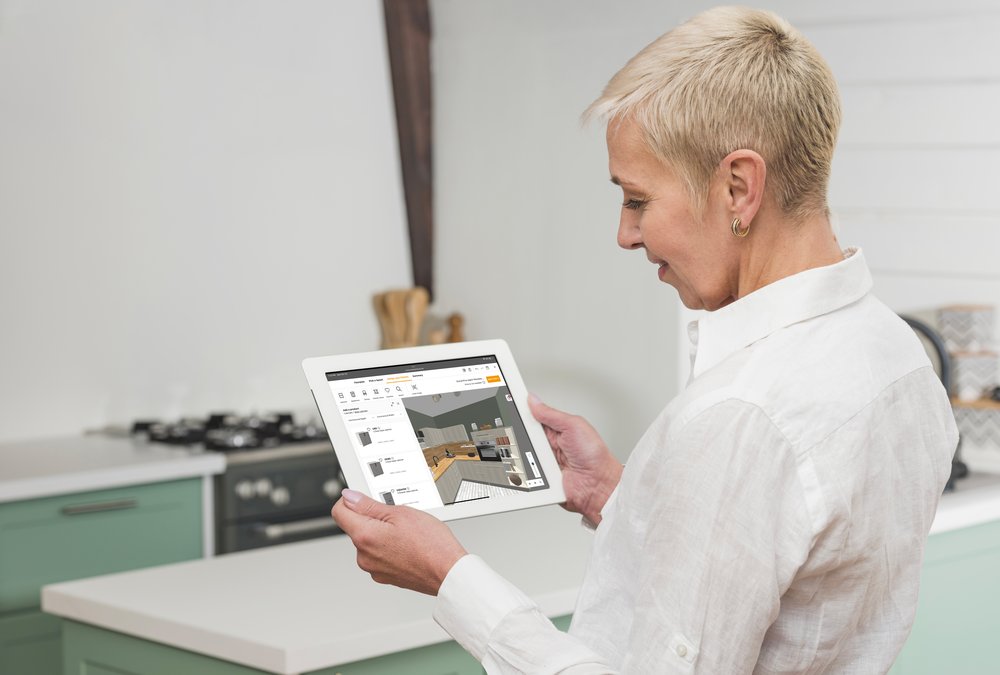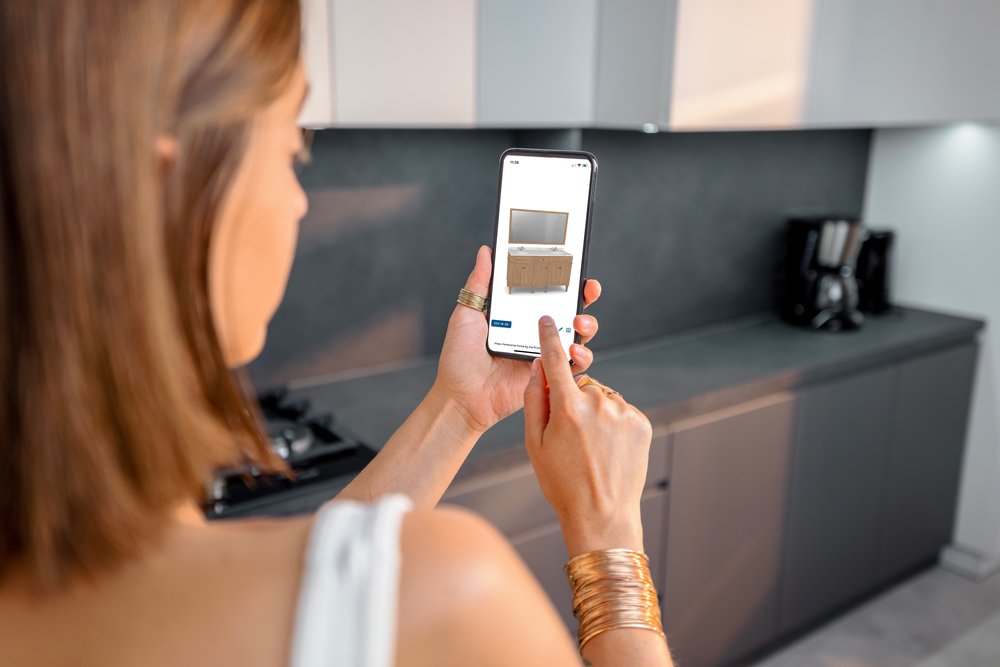DIY Retailers must go Omnichannel to Thrive in 2024
An uncertain economic landscape, inflation, and cooling demand after the pandemic. Those are the things that prevented many home improvement retailers from growing in 2023.
However, the top brands in the industry still managed to increase their sales by over 50% (source: DIY International). These companies got ahead by acting on the emerging trends that will determine success in 2024. So, what are these trends?
A growing market brings increased expectations
Half of your customers browse online and buy in-store when doing a DIY home project. At the same time, 54% are likely to review products in stores and buy online (source: Shopify). These trends illustrate how intertwined both online and offline shopping have become. To achieve an omnichannel experience, customers have to remain engaged when switching between channels. Moving across touchpoints, everything must feel easy and connected.
Getting to that point takes a lot of work. While the DIY and hardware retail market stagnation is no longer a pressing concern – it’s projected to generate a revenue of
Let's explore what customers want these days when shopping online and offline.

Digital: The need to wow consumers over and over
71% of customers expect retailers to deliver personalized interactions (source: McKinsey). When visiting your website, simply presenting furniture and accessories in 2D will fall short of customers’ expectations.
When looking for a new sofa on your website or scrolling on their phones, customers want to see pieces of furniture from all angles, explore different styles, colors, patterns, and visualize it in their homes.
In light of this, these are some of the trends to focus on in 2024 to remain competitive:
- Interactivity: Instead of facing endless catalogue pages, customers want to immerse themselves in the creative flow and easily build their projects online. That means you have to offer them a 3D planning solution that allows them to become designers on their own. Going interactive is the way to engage your customers.
- High-res renders: After spending hours designing a new room, customers want to show their progress to their families and friends or bring the plans to the store. Offering high-res renders is a way to cement the wow effect. Customers can share them on social media, making others part of their DIY project, keeping the excitement levels high.
- Augmented reality: By 2022, 38% of US adults were at least somewhat interested in trying augmented reality (AR) or virtual reality (VR) while shopping (Source: Insider Intelligence) Today, that number will be even higher – especially in the DIY sector. Visualizing products in customers’ homes by just pointing their phones at a space dramatically improves the shopping experience, and early adopters of trends like this will see a big pay off in the long term.
Shifting our focus to your brick-and-mortar locations, what do consumers expect in 2024 when they visit one of your stores?

Offline: Make designing effective and enjoyable
Even though DIY customers are moving online to do their research and start their projects, your stores are still crucial in the buying journey. Consumers love working with your sales representatives. In fact, for 1 in 4 customers (29%), remodeling their kitchens, discussing their needs, and getting advice from a sales professional is one of the most enjoyable parts of the process.
So, what do you need to do to deliver exceptional store shopping experiences?
Outstanding sales expertise: Customers expect your sales representatives to be knowledgeable. And it’s difficult for sales staff to know everything about the very broad range of products you can find in a DIY store. This means giving them the right digital tools – ones that are easy to use without extensive training – to provide them access to product information quickly. Online 3D planning solutions also allow staff to access information about the customers they are dealing with, such as designs they have already created at home.
Right tools in place: To use resources effectively, you want your sales teams to minimize engagement time with clients while maximizing the value of each customer. Smart tools like 3D planners installed on tablets or laptops help your sales representatives achieve this, lowering the amount of time your sales experts spend hidden behind a computer screen preparing a design. With the right tools, your sales representatives and customers can really collaborate.
Although there are lots of things you can do to improve the in-store experience, such as visual merchandising or sustainable initiatives, equipping them with the latest technology is the key for growth.
Instead of advancing your digital and offline marketing channels independently, you want to set them up so that transitioning between them is smooth, creating the desired omnichannel experience.
Seamless web-to-store experiences with a 3D planning tool: At HomeByMe, we offer a dedicated range of web-based 3D retail solutions that connect digital and offline shopping experiences and address every step of the decision-making process.
Our online 3D room planners (
Our product configurators allow your customers to explore each piece of furniture in 360-degree detail with endless customization options. The experience is topped by AR capability, meaning consumers can view furniture to scale within their homes using smartphones.

Get more actionable tips with our brand-new eBook
As home improvement projects usually don't stop with renovating one room, the potential for repeat business in DIY retail is huge. In this highly competitive market, brands must differentiate themselves by finding effective ways to keep customers engaged in the long term.
For more practical tips on how to make your brand stand out in 2024 and meet customers’ expectations, download our e-book: How Can DIY Retailers Deliver a 5-star Customer Experience?
